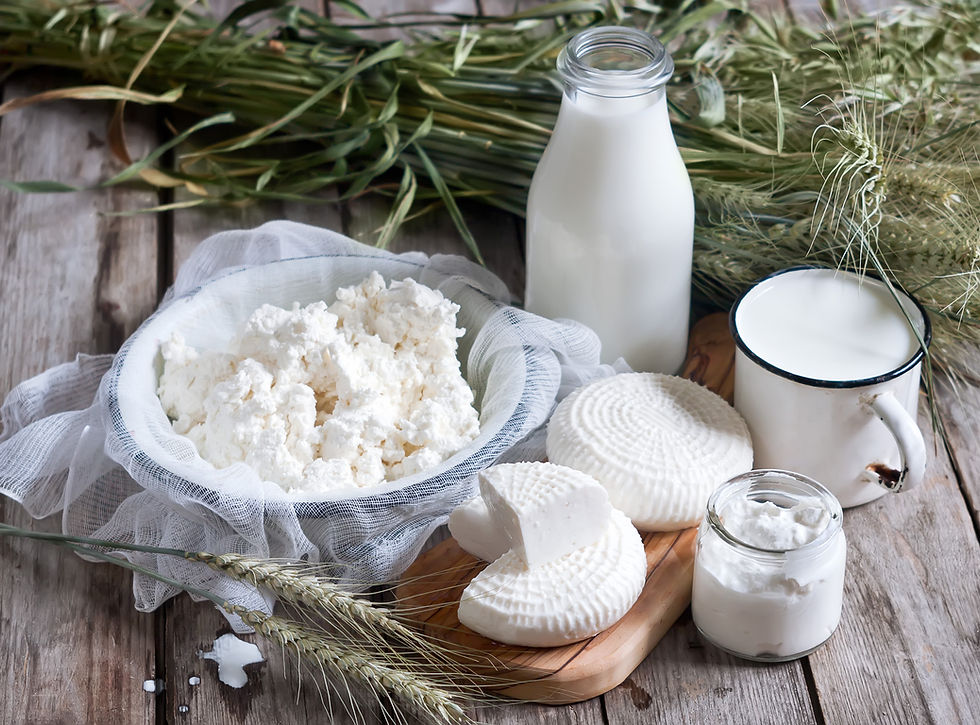Bell Beaker Culture: Bronze Age Europe
- Sylvia Rose

- Nov 8, 2023
- 5 min read
Updated: Mar 24, 2024
Hot on the heels of the dominant Corded Ware cultural phenomenon is the Bell Beaker culture (c. 2800 BCE), named after the shape of the drinking vessels they use. The Bell Beakers occupy most of Europe, north African and the southern Scandinavian coasts.
READ: Cult of the Fire God - Bronze Age Quest Adventure
See also:
The Bell Beakers cover an area comparable to the occupied Roman world centuries later, but without centralized authority. Pollen evidence shows a warmer climate after the end of the last ice age 10,000 BCE, promoting migration, agriculture and herding.
READ: Cult of the Fire God - Bronze Age Quest Adventure
They farm, hunt, fight, and introduce a common ideology or system of beliefs. Specific roles and occupations are accorded men and women, wealthy and poor. Class and gender differences continue to evolve and societies become more regulated.
See also:
Animal herding of sheep, goats, and cattle create settled areas of agriculture and livestock breeding. Pigs are especially popular among early people due to low-cost maintenance. The domestic pig originates from the Eurasian wild boar (Sus scrofa).
Bell Beaker is an expansive culture. Populations among the Bell Beaker people form a loosely organized network defined by trade routes, travel and and periods of local or intertribal battles.
See also:
Most groups operate with independence as there is no one leader or king. Tribes or clans would have a chief and certain region-specific skills such as weaving, dyeing, sewing, metal working or metallurgy, hunting, fishing, pottery, and farming.
Like many others, despite a strong agricultural presence, the people have skills of warriors or a specific warrior class. In Proto-Indo-European myth the warrior class goes back to the blood of creation.
See also:

In the time before human existence, primordial beings Manu and Yemo roam the vast nothingness until Manu sacrifices Yemo to form the earth. From Yemo's body come the first humans and hierarchal social structure of priests, warriors and commoners.
READ: Cult of the Fire God - Bronze Age Quest Adventure
Farmers are fighters. A powerful and widespread cultural group, the Bell Beaker are targets for horse-borne raiders, overly aggressive neighbors and internal strife. Even in peaceful times the people continue to hone weapons and warrior skills.
See also:
Settlements have armies of local warriors and farmer-fighters. Fortifications of wood, as spiked walls or palisades around villages, can be two or three layers deep. They hide traps, pits and dead ends, or funnel the enemy into positions of easy attack by the defenders.
Archery continues to develop as arrowhead materials evolve from crafted stone such as flint, volcanic glass obsidian and native metal copper. Due to softness copper is less preferred for tools and weapons, though copper daggers, axes and swords are found.
See also:
Much of the Bronze Age expansion is through trade routes. The earliest trade routes are the amber roads from the Baltic Sea to Greece, Egypt and Africa. These and other trade networks exist as land, sea or river routes, often in combination.
The Bell Beaker culture sees a series of developments. By c. 2500 BCE the people achieve a state of early civilization. Bell Beaker people show common artefact types. Metallurgy focuses on copper. Trade for bronze brings new ideas in metal working.
See also:
From c. 6000 BCE people have been drinking milk and consuming dairy products despite a natural inability to digest them after infancy. A mutant lactase gene develops, especially in Europe and the near East, allowing people to consume dairy without adverse effects.
During the Bronze Age domestic animals such as cattle, pigs, sheep and goats provide milk, butter, cheese, wool and food. Animal dung is used as both fuel and crop fertilizer. Fish are popular food for people of rivers and seacoasts.
See also:
Fishers use nets, spears or bone hooks. Many settlements arise near fish migration sites. Sacrifice of animals, common in the Bronze Age and Neolithic, enriches the earth with blood and people with meat.
Going back to the times of early humans, bone makes tools such as sewing needles, hooks, scrapers, awls and black pigment. Crushed bones are known to encourage crop growth in agriculture.
See also:
Domestication of the horse, c. 3800 BCE among the Ponti-Caspian Steppe people, comes to Europe about a thousand years later. The Bell Beaker develop a strong horse culture.
Prior to domestication wild horses are considered a source of food and hides, depicted as early as 30,000 BCE in cave paintings. Ancestors of modern horses appear c. 2200 BCE in western Eurasia, following the decline of the Bell Beaker culture.
See also:
The Bell Beakers practice archery, initially developed in the earlier Stone Age. Social stratification gives rise to the class of elites. Ideological concepts such as religion follow a fairly basic structure in Europe.
Earliest divinities include an Earth Mother Goddess, a Sky Father God, the Sun and Moon, a goddess of the Dawn, which is often seen as heralding the return of the sun. In Proto-Indo-European myth the Dawn Goddess holds a position of reverence.
See also:
She's a symbol of hope and life. Other deities include Divine Twins, a common element in mythology, a weather god and a god of herds and roads much like the later Pan. Weather and Herd gods come to the pantheon later than the others, who exist at the time of creation.
See also:












